Hifime UR23 SPDIF Optical to USB converter
USD29.99
Receive and record optical audio on your computer. The UR23 features an 3.5mm optical input port, TOSLINK plug adaptor included.
In stock and ships from:
USA
UK
EU (Germany)
58 in stock
The UR23 accepts SPDIF optical signals and transfer this to a computer over USB. Suitable to transfer DAT tapes, minidisc or other digital source to audio files on your computer.
- Please note that it can’t be connected directly to a USB device like a DAC, it must be connected to a USB host like a computer.
Compatibility
It works in USB Audio Class 1 (sample rates up to 96kHz/24bit) and works without drivers with all major systems and programs; Windows, MAC, Linux. It appears as an input device, and you can use any suitable recorder like the free Audacity or any other professional application to capture the stream.
The input is optical 3.5mm connector. We include a cable TOSLINK to 3.5mm and also a TOSLINK to 3.5mm adaptor, so that you can use it with either if your source has the bigger TOSLINK optical connector, or a 3.5mm optical output.
Specifications
- Optical SPDIF input through 3.5mm connector.
- Cable and adaptor for both TOSLINK and 3.5mm connector sources included
- Accepts 32kHz, 44.1kHz, 48kHz, 88.2kHz and 96kHz sample rates and 16 and 24 bit
- USB type-A connector
- Dimensions:5.5 x 3.5 x 1.8 cm (without cable)
- Weight 30g
Model: UR23
FAQ
There is high latency when using it with an iPhone when the optical source is 48kHz.
This can be solved by switching to a camera app that supports 48kHz audio (for example FiLMiC Pro), as the standard iOS camera app only supports 44.1kHz
The recording made on iPhone/iPad is too high pitch/too fast when playback on computer
You might need to send a sample rate of 48kHz to the iPhone. A customer made this writeup (google doc link) explaining in further details. See page 55-56.
| Weight | 0.04000000 kg |
|---|

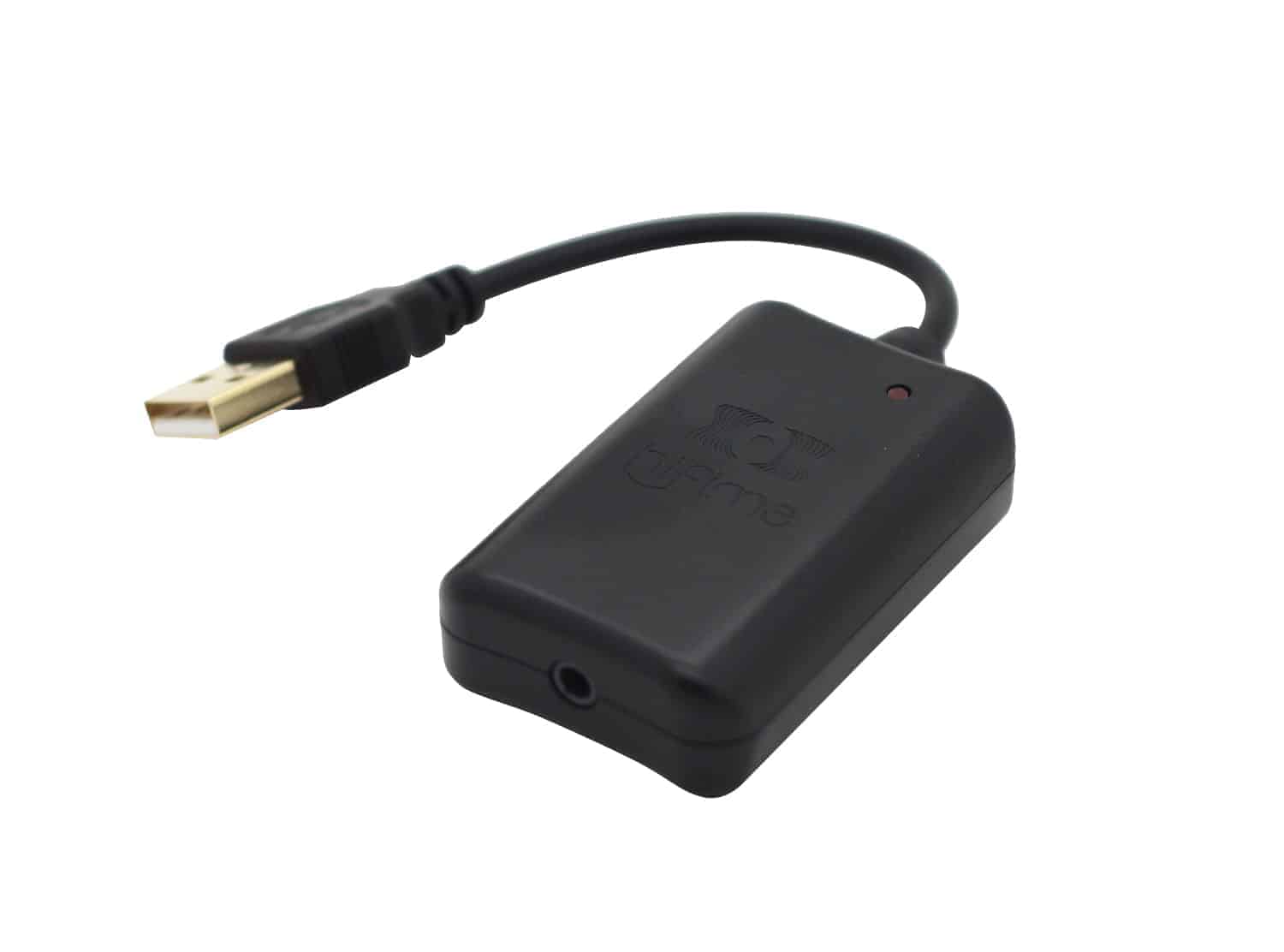
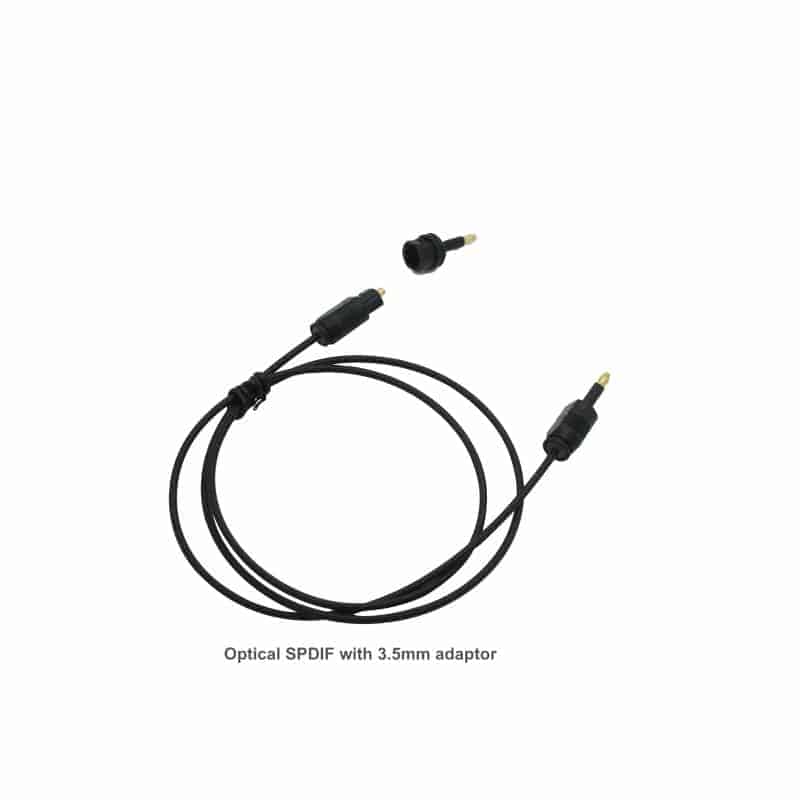
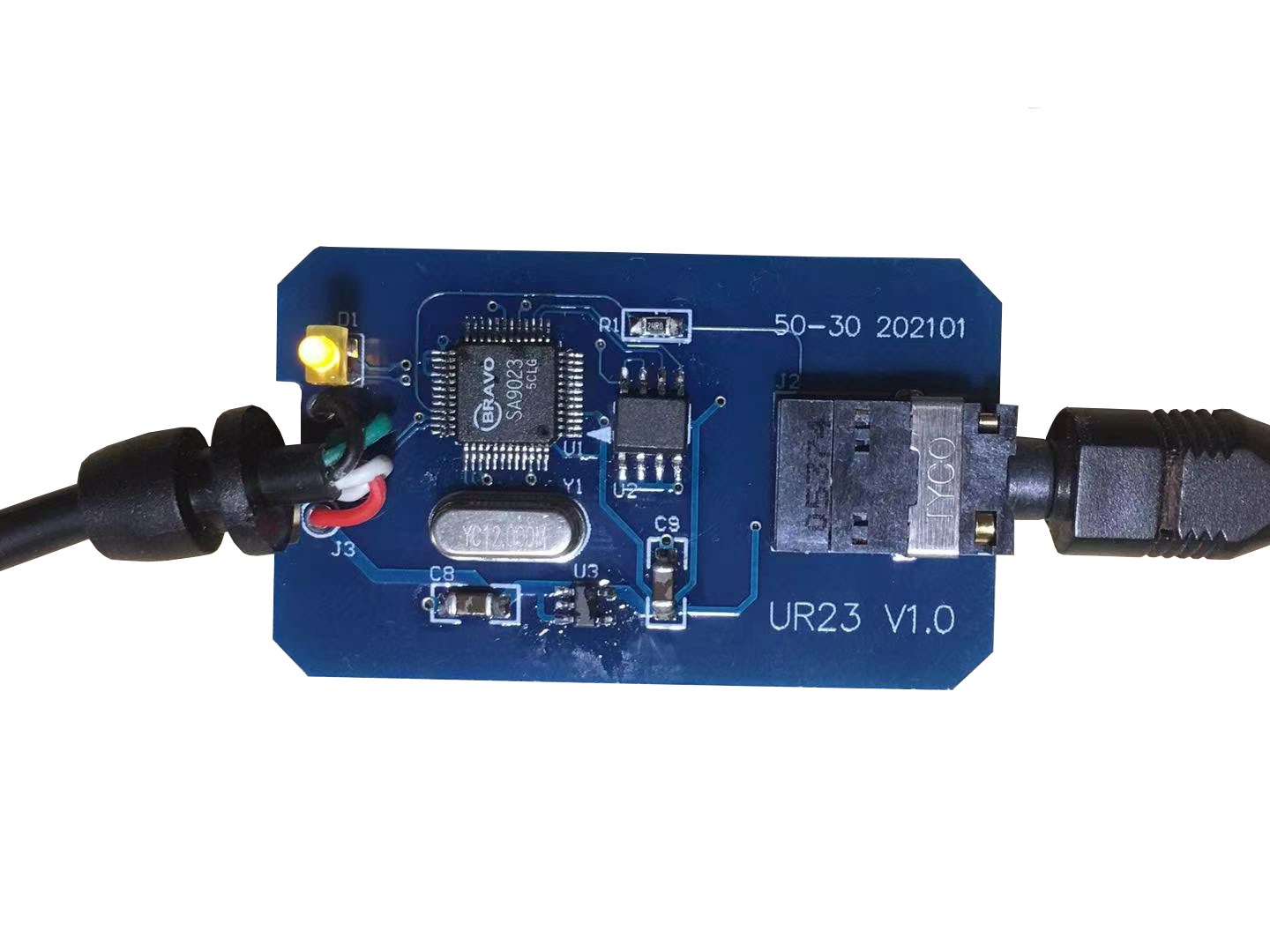
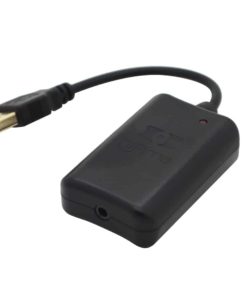
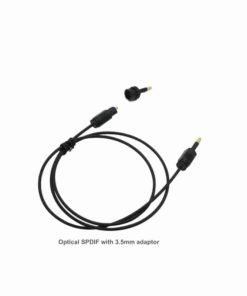
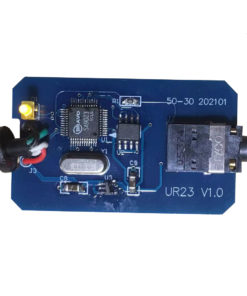
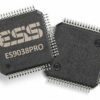
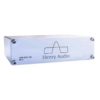
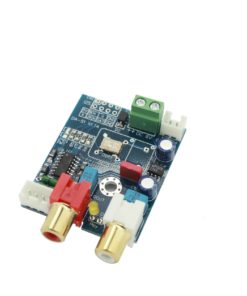
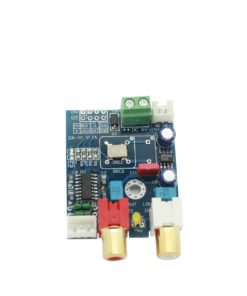
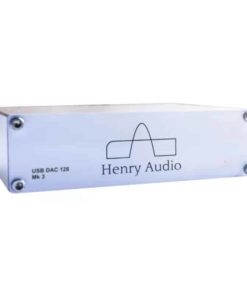
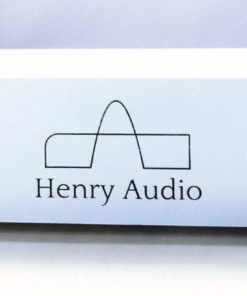
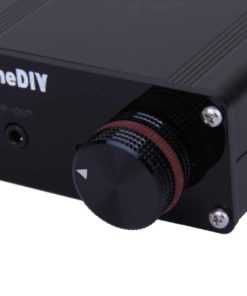
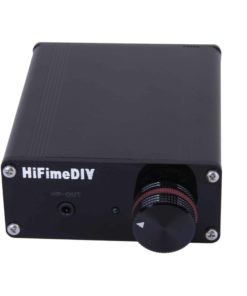
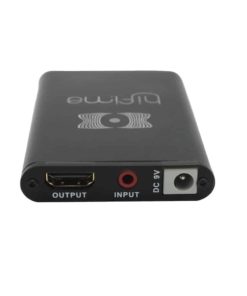
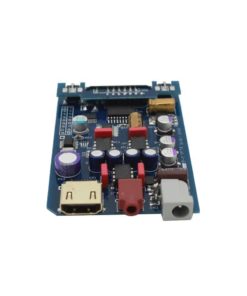
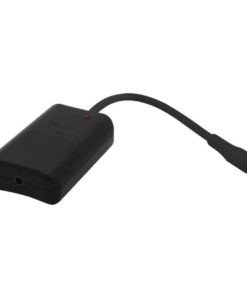

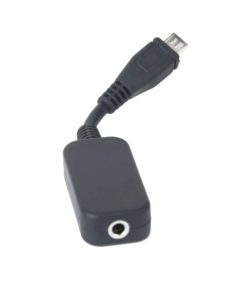

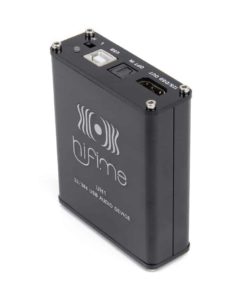
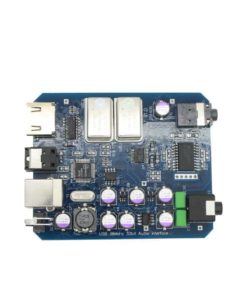
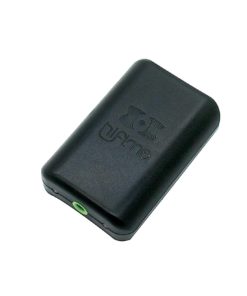
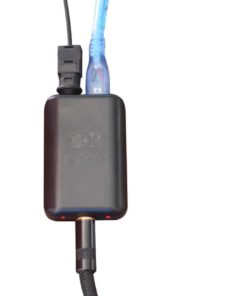
urom –
Though the Hifime UR23 SPDIF Optical to USB converter did not fit my purpose, I am very pleased about the flawless customer service. I needed a device that switches automatic between various bit depths and sampling frequencies, which it does not, the return and refund went perfect! If you have a single device that only utilizes a fixed bit depth and sampling frequency this will work fine.
Kees –
I was looking for a spdif to USB converter to connect my WaxWing phono amp Toslink output directly to the PC usb. It takes some research for the settings. WaxWing digital output is only 24/48 or 24/96.
UR23 Only a few days in my possession so still have to experiment a bit. A small wish would be to be able to adjust the output level of the UR23. That is now (on Audacity input) a bit on the low side.
EVAN B –
This is a fantastic device and the bridge you are looking for to get digital audio from your Mini Discs.
David Andrew –
Great product and sender sent forgotten cable straight away. Highly recomended!
Dirk Zoller –
After initial problems with the settings, the device, in conjunction with Audacity, works very well. Now I can transfer all SAT concert recordings to the PC, cut them and burn them as CDs and archive them. I’m happy to back up all my DAT tapes with the Hifime UR23. A super device that works flawlessly. I can recommend it to everyone. By the way, a great support from the hotline. Thank you Nick.
Brett –
This rare little gem did exactly what was needed, translate toslink to USB in. It’s easy enough to find USB-to-toslink, the other direction not so much. This was perfect for capturing highest-quality output possible from a minidisc deck via toslink, to preserve a recording for which the original source was long gone. I’m sure I’ll come up with other uses cases!
Basseng –
At this price point, I was not expecting much in terms of quality but I was pleasantly surprised when I tested the device. I created a loopback, sending a test tone via a Douk U2 usb to spdif converter to the UR23 and then back into the computer. Measuring in REW, I found the noise floor to be below -120 dB. Capturing high quality audio files through this setup is 100% transparent. Recommended.
Colin B. –
Used to connect from a minidisc player optical output into USB for Audacity recording. Works well a first class product. Fast delivery and helpful advice
Christian –
Works for me using a Windows 10 HP laptop, Audacity software, and optical from an Airport Express 2G. The first try I set the AE2G volume to 100% and experienced jitter / skips in the captured recording. The AE2G is known for this (dependent on precise build and firmware), but by reducing the volume to 95% it was eliminated. The HiFi me driver installed automatically after a few minutes of waiting.
Andy –
In my case, the UR23 works with AD/DA 24bit/96KHz audio converter which has coaxial output only. So between AD/DA and UR23 I use a coaxial to optical audio format converter. Using my laptop I have no problem setting the audio resolution and recording 24bit/96KHz stereo audio in my DAW software. There are also no disturbances in the quality of the sound. It appears that all connected devices work together smoothly. In this case I can say that the UR23 is of good quality and meets all the parameters listed in the description.
Personally, I am happy with my purchase and I can recommend this device to anyone who wants to record digital audio on a computer via USB. One more thing, you don’t need extra drivers.
I would like to thank the whole Hifime team for good advice and great service.
Jean-Marie Mathieu –
My audio interface lacks SPDIF input ans I need that to transfer my DAT tapes digitally.
Nothing simpler with the UR23.
ASIO4ALL is your friend to use ASIO for the input (UR23) and monitoring with your audio interface or your soundcard in your DAW.
Lucy Fures –
As the previous reviewer (Matt) wrote …., this is a niche product at a very affordable price.
It is near impossible to find an Optical (Toslink In) to USB (out) converter.
This box of tricks allows you to take a streaming digital source and feed it into your computer for recording …, thus keeping it digital throughout with no analogue conversion step to reduce audio quality.
It works perfectly. I was so pleased with mine that I immediately bought my daughter her own.
As she didn’t have an optical out on her PC, I also had to buy her an external sound card that has a Toslink Out.
Fortunately I found a cheap card from that big online retailer we all use. I just wanted the optical out port and didn’t care about the internal DAC as that is bypassed anyhow.
Maybe HiFiMe could make their own optical port out box and sell them as a pair in the future?
Anyway, this is a great product at a great price.
Hifime –
Thanks for the review! We do actually have a product that does USB to optical, the UT23! First batch is ready and will be available for purchase shortly.
agg812 –
Great Device. Advice from Matt did help a lot!
I learned to do the following after connecting this device to pc:
1) open the Windows control panel for sound (Sound Settings);
2) find this device (named like … SPDIF Interface / UR32 USB…) on the “recording” (input) device tab;
3) open its properties (click the “properties” button) and go to the “Advanced” tab;
4) change/verify picklist value in the “default format” property:
for CD/MD input it should be:
“2 channel 16 bit 44100 Hz (CD Quality)”
5) click apply button
ISSUE in my case was the fact that every time I plugged in this USB device, Windows 10 was setting its default audio format to:
“2 channel 24 bit 48000 Hz (Studio Quality)”
And this damaged any recording / listenning attempts with the software (such as audacity, wavosaur, VideoLAN player and also direct listening (“listen to this device” option in the settings). In audacity and wavosaur software, the recording was always made with double-speed 🙁 No settings correction to 44100hz/16bit for this input device did help there. Only after correction of the audio format in Windows settings, all began to work just great!
Matt –
This is a very handy little device that exactly met my needs. I was surprised at what a narrow niche this product seems to occupy. There are very few devices that are capable of filling this role, let alone at its price point.
First – MAKE SURE TO CONFIGURE THE OUTPUT DEVICE AND THIS TO THE SAME bit AND Hz SETTINGS. My output and this defaulted to different bit and Hz settings in Windows 10, which resulted in background noise, intermittent performance, and the pitch of my voice being off. Was a little confusing until I corrected the setting. In hindsight it makes sense.
In my setup, I’m running a USB mic to my personal computer, processing the input through OBS with a noise filter, then sending the audio voice signal out from the digital optical port on my motherboard. Then I’m using this device to receive the digital optical signal and and bring it in as an audio input on its own USB sound card (this) plugged into my work laptop. I’m able to select this devices input as the “microphone” input for Teams or Jabber etc without issue. It works very nicely. I was impressed with the improvement in audio quality when I switched to this instead of running analogue from my computer to my work laptop. It also seemed to have observably less lag than when running analogue, which was a welcome surprise to me. The other big hurdle I had to deal with when running analogue was circumventing a ground loop noise issue. I had to use a ground loop isolating transformer wired into my analogue connection to remove the ground loop interference. This digital optical solution completely circumvents that issue, not to mention avoiding degradation from digital-to-analogue plus analogue-to-digital conversions.
I’ve only used this a couple days so far, but so far I’ve been completely satisfied.
Notes:
The optical Toslink cable included is 1 meter long.